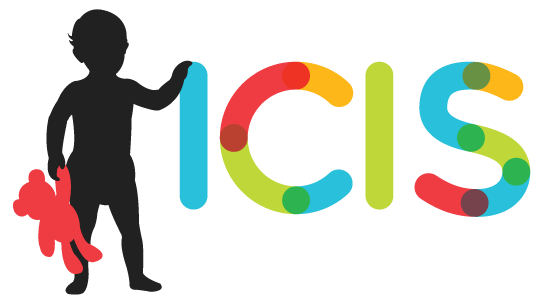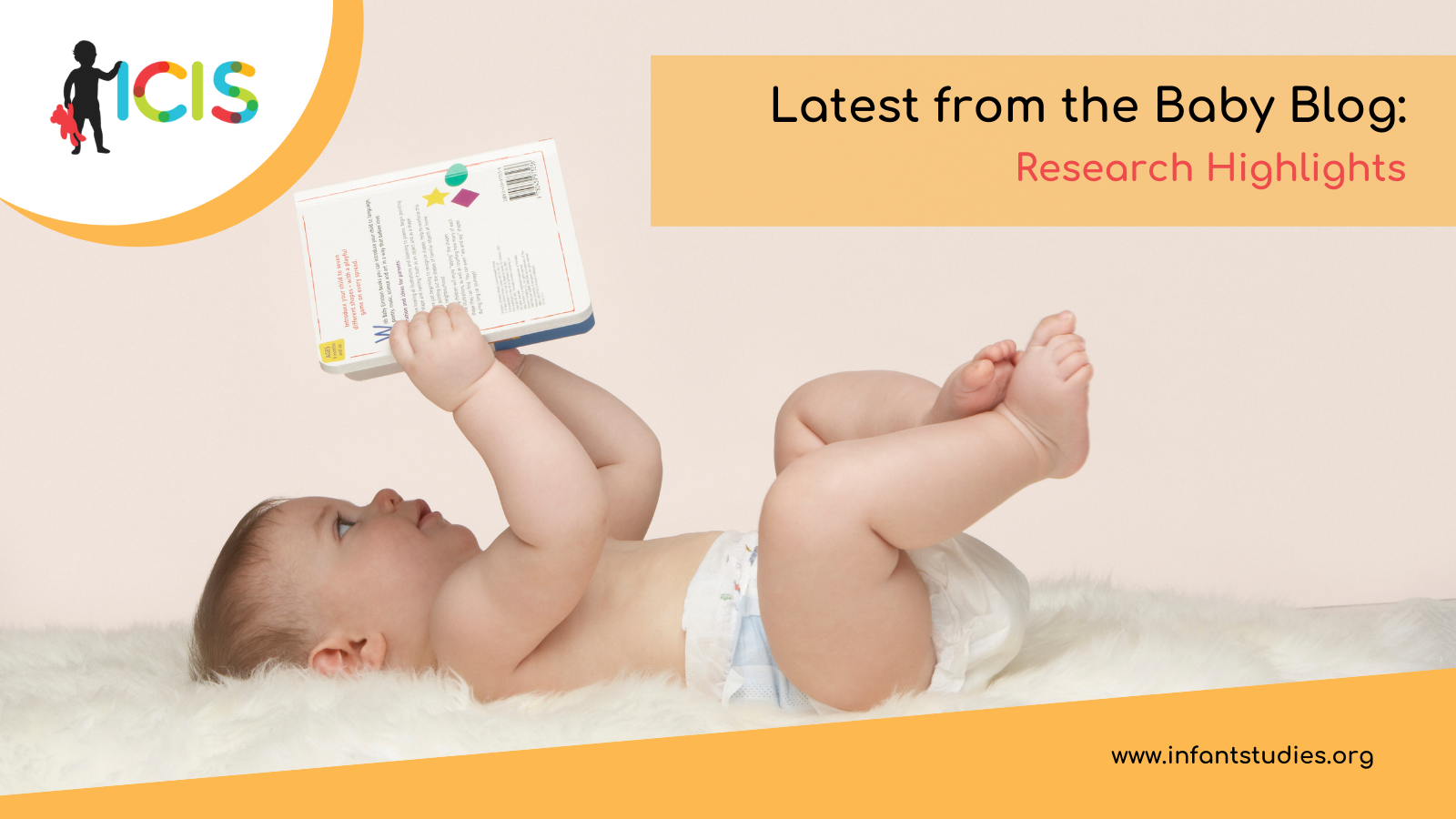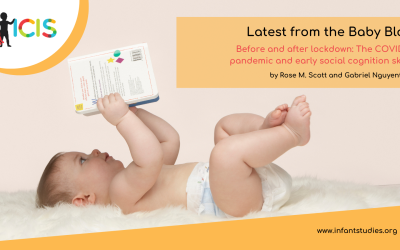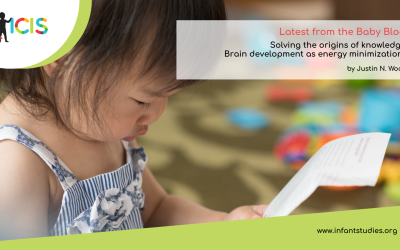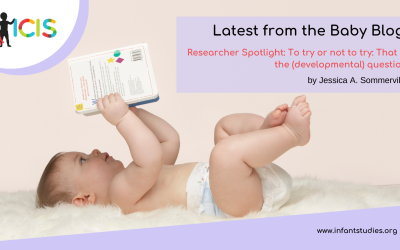by Rujuta B. Wilson, MD, MS
As a behavioral child neurologist and clinician-scientist, I witness daily the dynamic growth of infant motor skills in the first year of life. The development of motor skills allows an infant to build social and environmental experiences, receive sensory input from exploration of different surfaces and anti-gravity positions, and develop a range of complex motor abilities through movement mistakes and achievements (Piaget, 1952; Thelen, 2000). Conversely, when we witness dysfunction in infant movement, we see negative effects on the development of language, spatial and physical perception, and higher-level motor abilities such as coordination and balance (Bhat et al., 2012; Leonard, 2016).
Several neurodevelopmental disorders (NDD) are associated with fine and gross motor delays, including autism spectrum disorder (ASD) and attention deficit/hyperactivity disorder (Iverson et al., 2019). In ASD, motor delays are posited to be one of the earliest signs that may indicate concern for a later diagnosis (Ozonoff et al., 2011). Many important studies of infants at elevated genetic likelihood for ASD (defined as infants with a biological sibling with ASD and will be termed hereafter as “EL infant” for “elevated likelihood”) have described evidence of delays in sitting, standing, and walking (Bhat et al., 2011). However, the field lacks more precise measures of motor development to identify why these motor differences occur in EL infants, when they first emerge, and whether they are predictive of later ASD or NDD symptoms (Wilson et al., 2018b, 2018a). Addressing these questions can have important consequences for early identification and determination of appropriate intervention.
Our research seeks to address these important questions in EL infant motor research by utilizing quantitative tools (e.g., wearable sensors) to obtain precise data on longitudinal infant movement patterns in the first year of life and combine these data with measures of brain imaging and behavior. We focus on quantifying very early EL infant movements to understand whether there is a mechanistic relationship between differences in spontaneous infant movements, sensory-motor development in the brain, and the motor delays and behavioral characteristics observed in ASD.
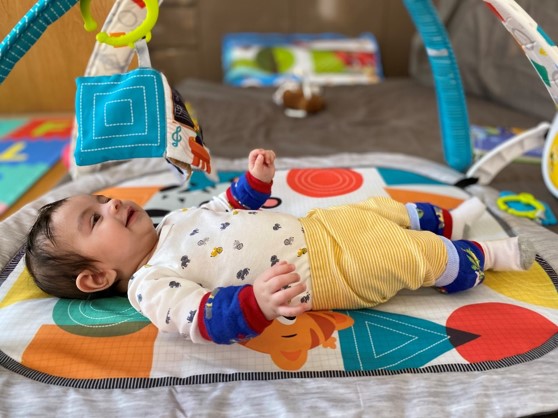
Wearable sensors provide an unprecedented opportunity to capture an infant’s full movement repertoire in a naturalistic environmental setting. Unlike brief motor assessments that occur in the clinic or research setting, we are able to collect full day movement data in the home. The data are objective and provide detailed characteristics of infant motor development. From the wearable sensor data, we are able to look at infant movement type, duration, and frequency. We also develop new measures of infant movement, such as motion complexity.
Studies have shown that a lack of complex and variable movement leads to abnormal mapping of the brain’s sensory cortex, which theoretically could disturb normal sensory-motor function. Lower complexity also indicates more repeatability and less variety in the movement signal generated by the infant. We hypothesized that there may be a mechanistic link between lower motion complexity and motor delays and repetitive motor behaviors observed in EL infants (Wilson et al., 2021).
When testing our hypothesis, we found that EL infants with a later ASD diagnosis showed lower motion complexity from 3-12 months of life compared to infants without a later ASD diagnosis. We also found that lower motion complexity was not associated with lower cognitive development, indicating that perhaps this difference in infant movement patterns is more specific to ASD rather than a more general developmental delay (Wilson et al., 2021). Since our initial findings, we have expanded our evaluation to a larger group of EL infants and found that infants with lower motion complexity have more ASD symptoms compared to those that do not.
These findings are promising, suggesting that quantitatively measuring early movement patterns in EL infants may provide us with insight on why motor delays occur in EL infants and how they relate to autism symptoms. However, given the dynamics of motor development in infancy, we recognize that evaluating different variables of movement complexity is important to test our hypotheses and previous results. For these reasons, we are evaluating different measures of complexity and variability from the quantitative motor data and examining how these measures relate to and may be predictive of multiple typical and atypical developmental outcomes. As a child neurologist, my hope is that by applying this new lens to EL infants we can improve our understanding of the important role motor skills play in ASD and translate our findings to the clinical care of this population.
Acknowledgements
I would like to thank the Eunice Kennedy Shriver National Institute of Child Health and Human Development for supporting this work (K23HD099275), as well as my collaborators, mentors, mentees, and the families with whom I have been lucky to work with.
Suggested Readings
Bhat AN, Galloway JC, Landa RJ (2012) Relationship between early motor delay and later communication delay in infants at risk for autism. Infant Behav Dev 35:836–846.
Bhat AN, Landa RJ, Galloway J (2011) Current perspectives on motor functioning in infants, children, and adults with autism spectrum disorders. Phys Ther 91:1116–1129.
Iverson JM et al. (2019) Early motor abilities in infants at heightened versus low risk for ASD: A Baby Siblings Research Consortium (BSRC) study. J Abnorm Psychol 128:69–80.
Leonard HC (2016) The impact of poor motor skills on perceptual, social and cognitive development: The case of developmental coordination disorder. Front Psychol 7:1–4.
Ozonoff S, Young GS, Carter A, Messinger D, Yirmiya N, Zwaigenbaum L, Bryson S, Carver LJ, Constantino JN, Hutman T, Iverson JM, Landa R, Rogers SJ, Stone WL (2011) Recurrence Risk for Autism Spectrum Disorders : A Baby Siblings Research Consortium Study. Pediatrics 128:488–495.
Piaget J (1952) The origins of intelligence in children. New York: International Universities Press.
Thelen E (2000) Motor development as foundation and future of developmental psychology. Int J Behav Dev 24:385–397.
Wilson RB, Enticott PG, Rinehart NJ (2018a) Motor development and delay: advances in assessment of motor skills in autism spectrum disorders. Curr Opin Neurol 31:134–139.
Wilson RB, Mccracken JT, Rinehart NJ, Jeste SS (2018b) What’s missing in autism spectrum disorder motor assessments? J Neurodev Disord, 10 (1), 33.
Wilson RB, Vangala S, Elashoff D, Safari T, Smith BA (2021) Using wearable sensor technology to measure motion complexity in infants at high familial risk for autism spectrum disorder. Sensors (Switzerland) 21:1–13.
About the Author

Rujuta Wilson
UCLA David Geffen School of Medicine and the UCLA Center for Autism Research and Treatment
Dr. Rujuta Wilson is a behavioral child neurologist specializing in autism spectrum disorders and related neurodevelopmental disorders (NDDs). Dr. Wilson’s research is focused on developing quantitative methods to improve the characterization of atypical motor development in neurodevelopmental disorders, and combining these data with measures of behavior and brain function to understand how atypical motor development can impact cognition, language, and social communication. She is an Assistant Professor in Pediatric Neurology and Psychiatry at the UCLA David Geffen School of Medicine and the UCLA Center for Autism Research and Treatment (CART). Dr. Wilson leads the motor phenotyping core at UCLA CART and is part of the translational clinical core of the UCLA Intellectual and Developmental Disabilities Research Center. She is also the Director of Research for the UCLA Tarjan (UCEDD) Center.
